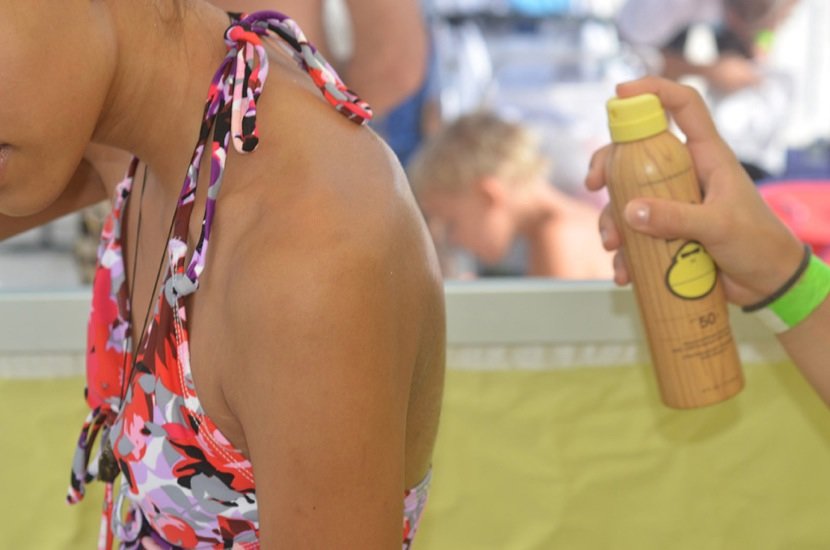What do you know about osteoporosis?
Osteoporosis is often called ‘the silent killer’ because there is usually no warning that your bones are thinning at an accelerated pace. So you are prone to suffer a painful fracture from a small bump or fall that previously wouldn’t even have hurt.
The ominous ‘silent’ epithet is well deserved, because the mortality rate from osteoporotic hip fractures is 13% within 6 months. Why? Because hip fractures put a sudden STOP to all your daily activities that keep you healthy. The immediate immobilization essentially lets down your personal drawbridge that usually is up fending off ailments. Once defenses are down, deep vein thrombosis and pneumonia are just two common ailments that easily penetrate, leading to shocking mortality rates.
Pretty scary, right?
The issue of hollow bones known as osteoporosis is an interesting and a multi-variable problem. Care to learn more, so you can take steps to prevent it? If so, please read on to learn…
3 Surprising Things You Didn’t Know About Osteoporosis

Image by goodmami on Flickr
1. It Increases Due To City Living
Seems a bit strange, right?
This interesting fact about osteoporosis has been confirmed by The Cambridge Encyclopedia of Hunter-Gatherers which says: “Hunting and gathering was humanity’s first and most successful adaptation, occupying at least 90 percent of human history. Until 12,000 years ago, all humans lived this way.”
Then we wised up and learned to farm. It allowed us more leisure. It gave time to sit around, philosophize and invent even greater ways and contraptions to conserve our time and energy.
Fantastic, but we lost bone density as a result. Why? Because that major shift brought us indoors, greatly reducing our exposure to the sun and the vitamin D that it provides.
Secondly, our inventions and contraptions that do the work for us means that we don’t physically have to exert ourselves like we did for 99% of our human history. So your bones, just like your muscles get soft and weak from inactivity.

Image by Fifth World Art on Flickr
2. It Increases Due to Sunscreen
Moving from outdoor to indoor work was a radical shift because it completely changed how much sun we received. For approximately the first 199,800 years of our existence we homo sapiens lived and worked outdoors and received approximately 5 to 50 000 IUs of vitamin D every day. Now living and working indoors and estranged from the sun is a main reason most of us are vitamin D deficient.
But another phenomenon adding to our D deficiency is the huge increase in sunscreen use. Now when we do get a chance to get outdoors (which is rare compared to historical norms) we block the sun with sunblock, thereby lessening the vitamin D we receive even more!
Vitamin D is crucial for calcium to be properly absorbed in your bones. The lack of D these days helps explain why we suffer from record high levels of osteoporosis, though we typically get ample amounts of calcium.
We’re not advocating being in the sun all day. But getting 15-20 minutes of sunlight on your bare screen can make up to 10,000- 20,000 IUs of vitamin D3.
3. It Can Be Reversed
The results of new published human studies have shown participants actually reversing osteoporosis with multi mineral plant calcium supplements. Traditionally, calcium supplements have been sourced from limestone or marble. Referred to as calcium carbonate, the data indicates these mainstream rock supplements are capable of slowing down osteoporotic bone loss, but not stopping it, and certainly not reversing it.
The difference in absorption between plant and rock calcium sources, along with trace minerals that only plant source offers are apparent reasons for the difference in efficacy.
Your bones are made up of a matrix of minerals, not just calcium. Silica, manganese, magnesium, vanadium and more can all be found in your bones, but not in typical carbonate calcium capsules.
The plant sourced (from marine macroalgae) supplements used in the study showing increases in bone density contain all the extra trace mineral co-factors that your bones require in order to grow anew.
Osteoporosis is not a life sentence handed down to you. Now we know it is a condition that you can influence up or down with lifestyle choices, particularly diet, supplements and exercise.
If we surprised you today with 3 Things You Didn’t Know About Osteoporosis – and you found them helpful, please share with friends and loved ones.
Their bones depend on it!






Article Comments